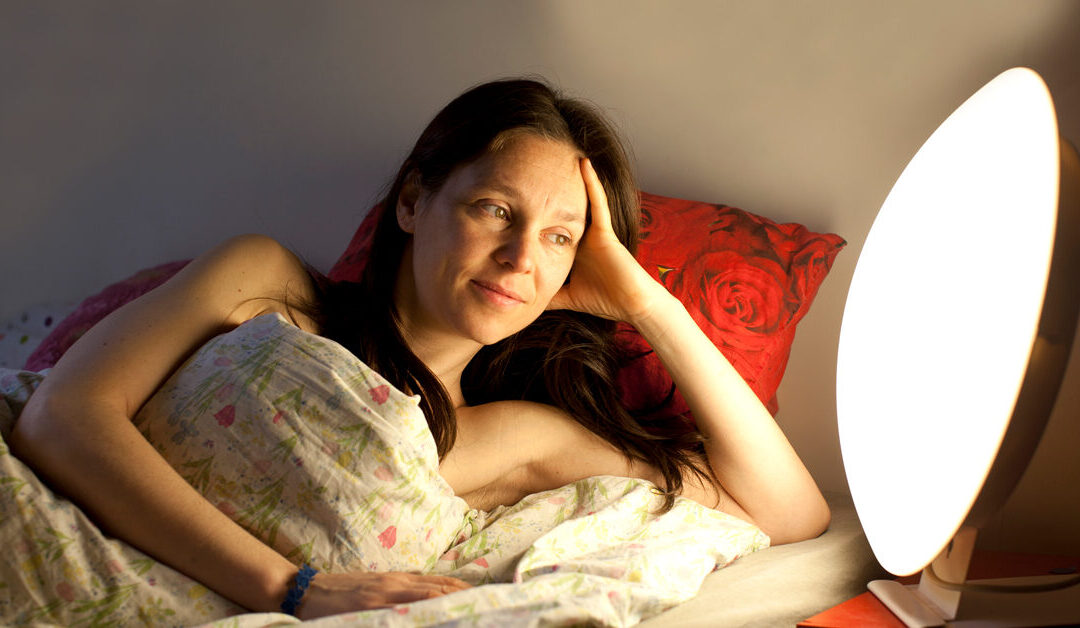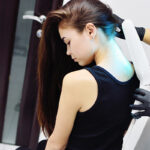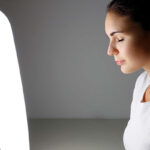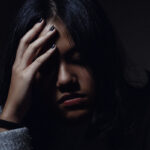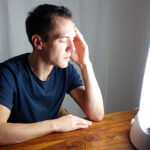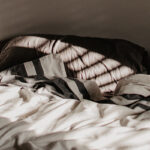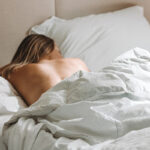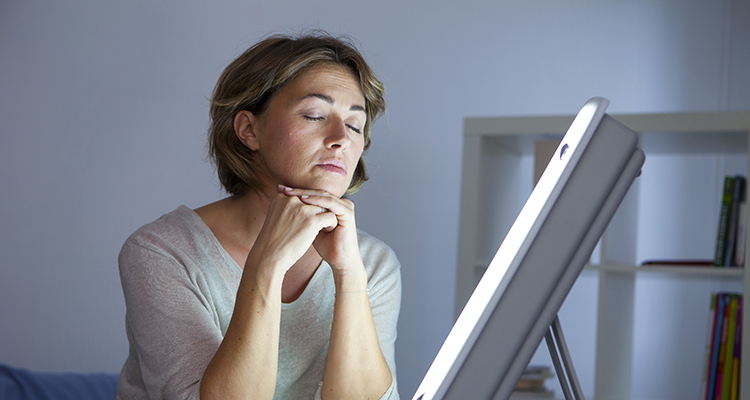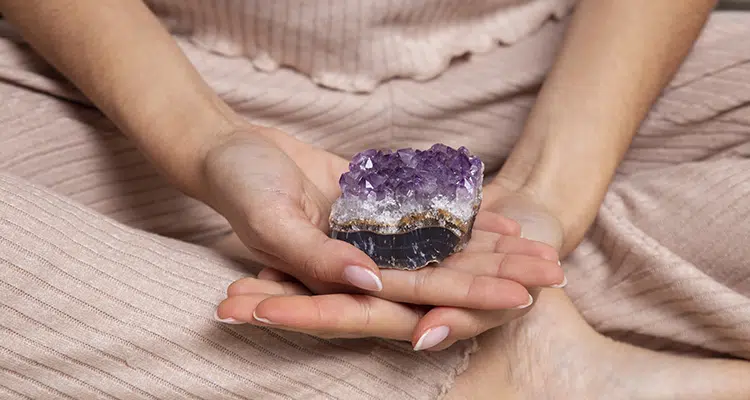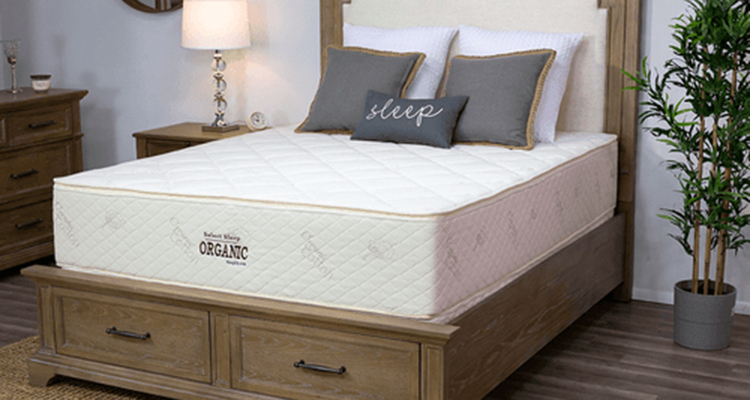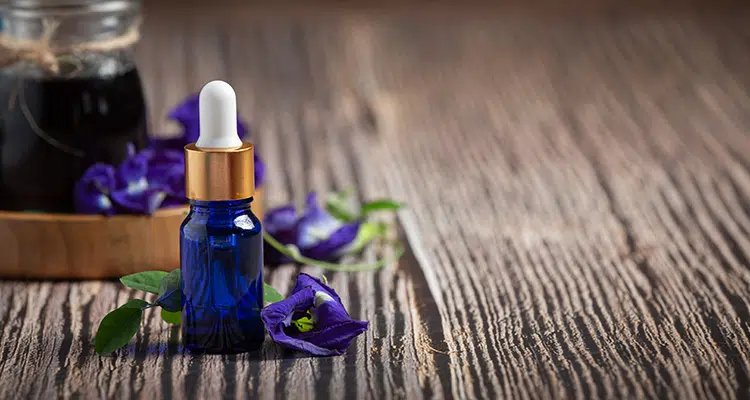Can Light Therapy Help Me Sleep Better at Night?
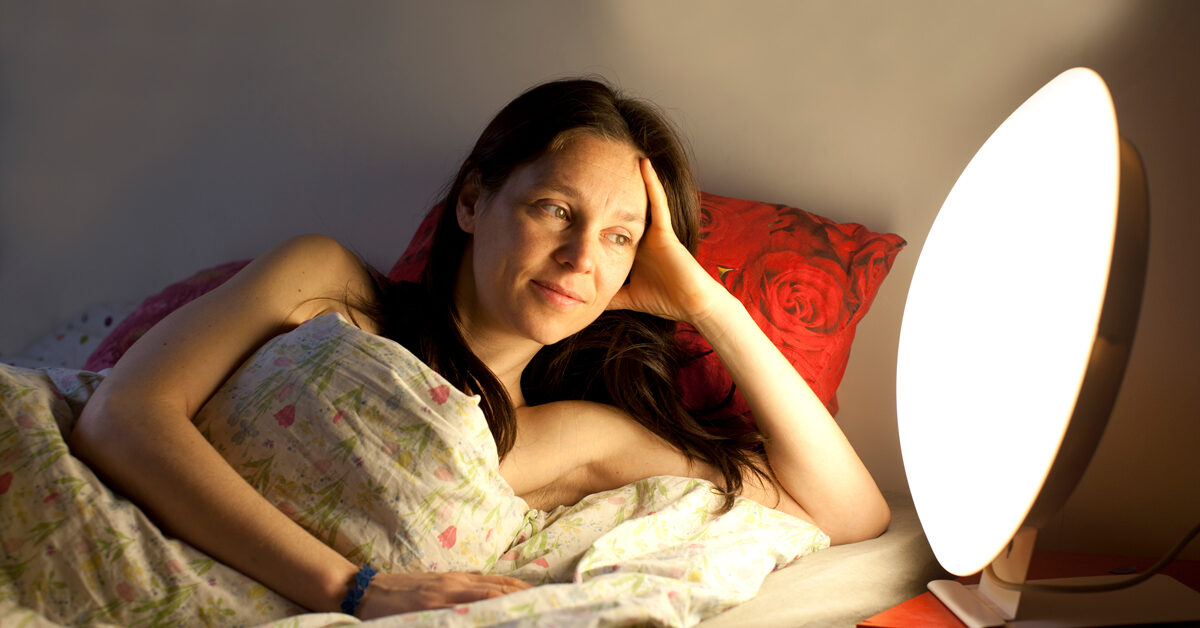
It’s well-known that people, animals, and even most insects and reptiles sleep better when it’s “darkish.” But guess what? Sometimes, a little light can also help you get some much-needed zzz. It’s true. Although some people relish in a pitch-dark sleep environment, others need a touch of light (i.e. night light, bathroom light, or even the blue light from the television) to relax and fall asleep.
For these individuals, there really is such a thing as too much of a good thing (aka nighttime darkness). Many factors play into why some people need light to sleep well, such as anxiety (all things go bump in the night) or an inability to see around you.
Chronic pain, a racing mind, and emotional distress can also contribute to insomnia. In these cases, light can help distract your mind (through reading or watching low-action shows) so you eventually “tire-out” and fall asleep. Surprisingly, light can calm your mind and ease your fears so you can fall and stay asleep throughout the night.
That being said, it just makes sense that psychologists and other mental health experts would turn to light for therapeutic purposes, especially in cases of “sleeplessness” and insomnia. The truth is the relationship between light and sleep is deeper than most people think. In fact, for people, struggling with chronic insomnia or another sleep disorder that affects their circadian rhythms, light therapy may be the remedy they’ve been longing for.
If you have been dealing with insomnia for a while and have reached your limit, look no more because this article will help you determine if light therapy is the right remedy for your sleep dilemma.
Content
What is Light Therapy?
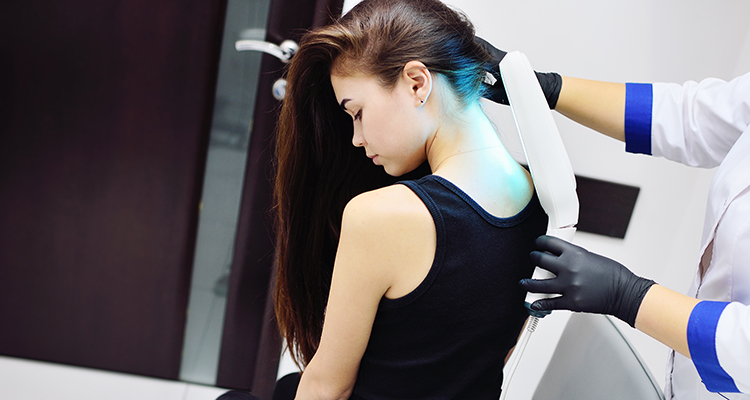
Light therapy, also referred to as phototherapy, light exposure therapy, circadian light therapy, or “bright light therapy,” is an alternative therapy approach designed to improve your mood, relieve anxiety and depression, and help you sleep better at night. According to researchers, light therapy benefits those with anxiety, depression (specifically, seasonal affective disorder or SAD) and insomnia. In fact, studies suggest that exposure to artificial light (the light source in light therapy) may actually ease ailments and improve a variety of health conditions.
Will I Need a Prescription for Light Therapy from Doctor?
No, a prescription is not needed for light therapy.
But even though you don’t need a prescription to purchase a light therapy box, it is always best to consult your doctor or mental health provider before purchasing one.
Can You Do Light Therapy at Home?
Yes!
One of the benefits of light therapy is that it is 100% accessible. What does that mean? It means you can do it at home! So, although you can have light therapy with a light therapist in an office-setting, you don’t have to. You can opt for a self-guided, at-home version of light therapy. This makes it easy for you to add light therapy into your daily routine.
In fact, you can continue with your daily tasks (i.e. cooking, reading books or magazines, eating a snack or meal, working on a computer or tablet, watching a sitcom or movie, listening to music, talking on the phone, texting, playing a game, etc.), while having light therapy.
A variety of light therapy boxes are available to fit your wants and needs, such as:
- Light therapy tablets
- Light therapy floor lamps
- Light therapy desk lamps
- Light therapy table lamps
- Light therapy alarm clocks
- Light therapy visors (glasses or shades)
The good news is you can purchase light therapy boxes online and in stores. And, some boxes may even be covered in your insurance plan, so contact your insurance provider for details.
What Happens During Light Therapy?
Light therapy involves sitting in front of a specialized box that transmits a radiant light similar to “natural sunlight” (outside light). The intensity of the light should be about 10,000 lux. And, it should be positioned 16-24 inches from your face. For light therapy to be fully effective and safe, the light must indirectly enter your eyes.
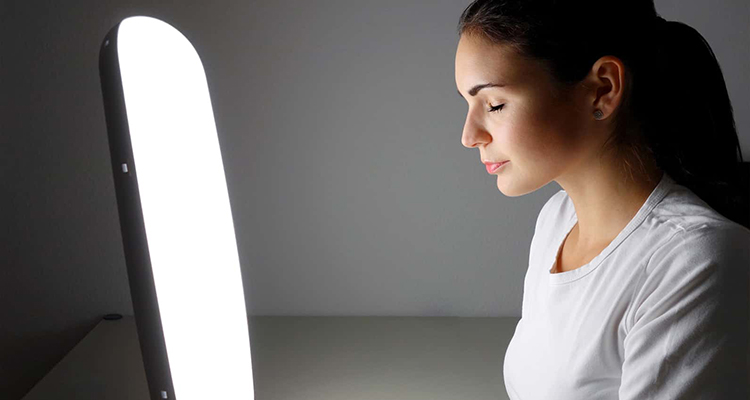
In other words, do not look directly into the light because doing so may damage your eyes and/or lead to blindness. To avoid side-effects or complications always follow your doctor’s instructions. Keep in mind that light therapy isn’t a quick fix. It takes time, effort, patience, and consistency to reap the benefits of it, which in this case is sound sleep.
The good news is light boxes are versatile. You can place one almost anywhere – i.e. on your nightstand, office desk or even on your kitchen table. This allows you to do other things (read a book or magazine, pay bills, watch television, scroll through your social media sites, catch-up with old friends via texts or calls, partake in adult coloring books, grab a snack, or eat a meal), while you are having a light therapy session. You can also easily move it from location-to-location.
The key is pacing yourself and not overdoing (i.e. having too many therapy sessions).
Who Benefits from Light Therapy?
Light therapy is beneficial for a wide-range of people, such as those suffering from chronic insomnia, “sleeplessness,” circadian rhythm disorders, anxiety, and even some forms of depression (i.e. SAD). It can also help your body recover from a bout of jet lag, work-related exhaustion, skin conditions like psoriasis, night-shift circadian rhythm sleep issues, and even neurological conditions, like dementia or Alzheimer’s disease.
Are There Any Risks?
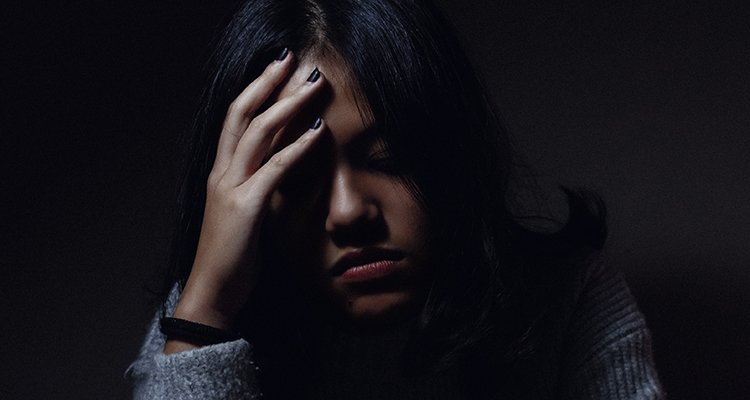
Yes, but with the right precautions they are rare.
The general consensus amongst researchers is that light therapy is generally safe. Side-effects are rare, but when they occur, they are usually mild and temporary. Mild side-effects may include: headaches, nausea, eye strain, agitation or irritability, fatigue, bipolar-related mania or euphoria, and/or hyperactivity.
Keep in mind that light therapy may involve ultraviolet (UV) light, so it is important to fully-protect your eyes during therapy sessions. Because light therapy boxes can cause damage it makes sense that all light boxes should contain a mechanism that limits UV light, however, some boxes do not contain this mechanism and those that do may not adequately remove this light. As a result, chronic use of an unfiltered light box could lead to eye and skin damage.
Notes: Mild side-effects typically disappear (without treatment) within 3-4 days after beginning light therapy. You can prevent or reduce side-effects by limiting your treatment time, placing the light box farther away from you, taking multiple breaks during the sessions, and/or altering when and where you do the sessions.
Also, keep in mind that light therapy may trigger or worsen mania in some people with bipolar disorder, so consult with your doctor, if you struggle with a mood disorder, before starting this therapy.
Listed below are other precautions you should consider if you have one or more of the following health concerns:
- You have a health condition (i.e. lupus) that makes your eyes, skin, or body hypersensitive or vulnerable to UV light.
- Your medications or supplements (i.e. vitamins, antibiotics, anti-inflammatories, St. John’s Wort, etc.) increases your sensitivity to sunlight.
- You have a condition that increases your risk of eye damage or blindness.
Note: Some light therapy boxes are designed for insomnia and “sleeplessness,” while others are designed to treat health conditions and skin disorders like eczema, depression, anxiety, or chronic pain. Understand that the only light boxes designed to completely filter-out UV light are the ones designed for sleep issues and mood conditions. Light therapy boxes used to treat skin conditions typically do not contain this mechanism so make sure you are purchasing the right light box for your condition.
What is the Connection Between Insomnia, Circadian Rhythm Disorder & Seasonal Affective Disorder (SAD)?
What is insomnia? Insomnia is an inability to fall and/or stay asleep throughout the night. It also includes poor sleep quality and daytime fatigue. Having trouble sleeping every night or even several times a week for more than 12 weeks is considered chronic insomnia. There are two forms of insomnia (primary and secondary). Primary insomnia is the main condition, while secondary insomnia stems from something else.
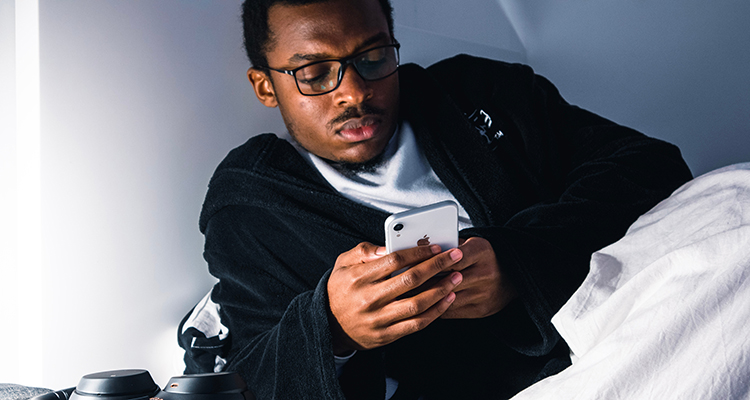
In other words, it is a symptom of another ailment or health condition, for instance, anxiety, clinical depression, seasonal affective disorder (SAD), dementia, Alzheimer’s disease, or even chronic pain. Light therapy is especially beneficial when the insomnia is linked to another condition – when an ailment or condition is preventing you from getting the sleep you need to function properly.
What is circadian rhythm sleep disorder? A circadian rhythm sleep disorder can also prevent you from getting a good night’s sleep. Circadian rhythm sleep disorder is a primary form of insomnia. Sleep disorders can develop naturally or arise over time, due to circumstances. For instance, you may have genetic predisposition that affects your circadian rhythm, making it challenging to “wind down” and fall asleep at night.
Or, your work schedule (i.e. night shift) could “throw-off” your circadian rhythm, triggering insomnia the next morning. Crossing a different time zone (jet lag) can also confuse your internal time clock so your body is unsure of when to go to bed and when to wake-up. For these situations, light therapy is actually the go-to treatment.
What is seasonal affective disorder (SAD)? SAD is classified as “seasonal depression.” In other words, it only happens during certain seasons. Depression can interfere with your circadian rhythm, causing insomnia. SAD is common during the fall and winter months. Researchers believe SAD is the most prevalent during these months because they tend to be dark and cold.
More specifically, there is less sunlight during these months, which can trigger or worsen depression. Although, SAD typically occurs during the fall and winter, it sometimes arises in the spring and summer months as well. SAD can prevent you from falling asleep and/or it can cause hypersomnia, a condition in which you still feel sleepy after receiving 10+ hours of sleep.
Studies suggest that SAD interferes with serotonin production, making it hard to regulate your circadian rhythm. It also prompts your body to make more melatonin, the hormone responsible for relaxation, calmness, and sleepiness. While melatonin is a natural and relatively safe and effective sleep aid, too much of it can trigger rebound insomnia, daytime sleepiness, cognitive delays, and depression.
A 1984 study suggests that light therapy has the ability to improve your mood, ease depression symptoms and help you fall and stay asleep. In fact, a 2012 study found that all it takes to see to see improvements in SAD symptoms and sleep quality is 60 minutes of light therapy.
Researchers also found that light therapy may prevent you from even experiencing SAD symptoms and insomnia altogether. SAD-sufferers, who engage in light therapy during the fall and winter months, are approximately 36% less likely to experience a bout of depression, as compared to those, who have not had light therapy.
What is the Relationship Between Light Therapy and Insomnia?
Your circadian rhythm determines when you feel tired, sluggish, hungry, focused, energetic, and alert. Researchers have found that a person’s circadian rhythm basically follows the Earth’s 24-hour cycle around the sun. Light therapy exposes you to a light that mimics sunlight to help realign your circadian rhythm with the sun’s rotation. Because of your circadian rhythm, you feel tired and sleepy in the evening, and more awake and alert during the day.
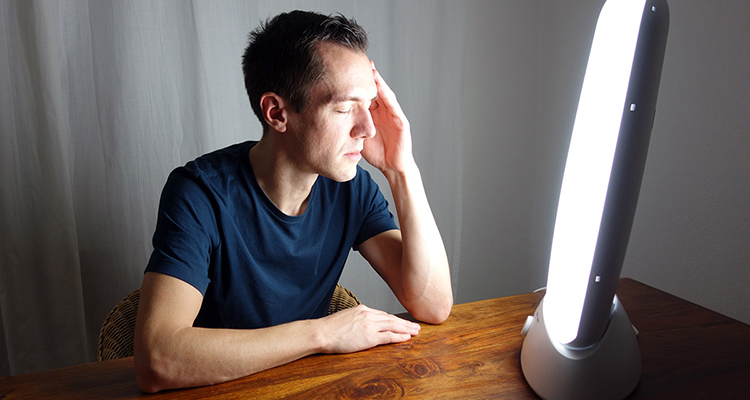
According to studies, light therapy helps your retina analyze and “understand” the function of serotonin and melatonin in your brain. These chemicals/hormones are responsible for your sleep-wake cycle. Thus, researchers have concluded that light inhibits melatonin production, causing you to awaken at an appropriate time.
Studies also indicate that light is one of the primary elements needed to “train” your circadian rhythm. It is the main determinant used to develop a light therapy treatment plan – i.e. when to use the box and for how long. For most people, light therapy is usually conducted in the mornings because people suffering with insomnia, a circadian-rhythm sleep disorder, or anxiety or depression tend to experiencing “delays” in one or more phases of sleep. “Phase-delay” involves becoming sleepy and awakening later than the usual times.
However, studies also suggest that light therapy not only benefits “phase-delayed individuals,” it is also benefits “phase-advanced individuals” or people, who tend to feel fatigued earlier in the day than the norm. In this case, light therapy is most effective in the afternoons or early evenings.
Will Light Therapy Help Me Get Some Sleep?
Possibly.
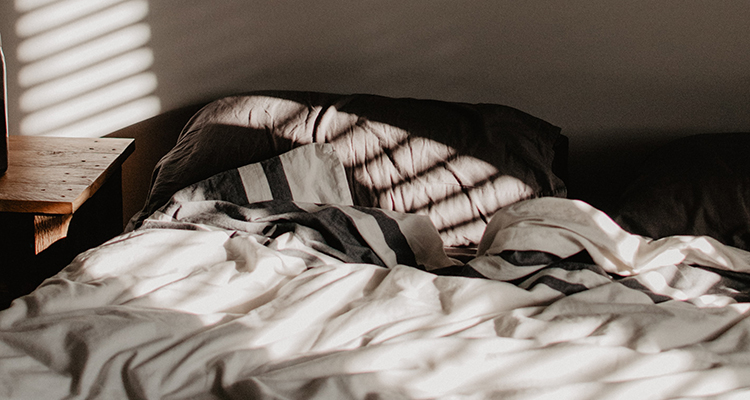
The truth is light therapy isn’t a “magic cure” for depression or anxiety, and it is unlikely to “cure” insomnia or “sleeplessness” either. However, research suggests that it may reduce the frequency of your insomnia, helping you fall asleep more quickly at night, stay asleep throughout the night, and awaken feeling rested, rejuvenated, calmer, more focused, and overall happier. The good news is certain actions can “up the odds” that light therapy will help you get some much-needed zzz.
These actions may include the following:
- Purchasing the right light boxThe first step before purchasing a new therapy tool is to research it – purpose, function, side-effects, benefits, risks, and cost. If it sounds like something that could improve your sleep quality, talk to your doctor or mental health provider before purchasing a light therapy box. This is the best way to safeguard your health and well-being. It is important that your light box is safe with the proper amount of radiance. It should also limit UV light and be accessible and affordable.
- Sticking with itAs with anything in life, if you have opted to use a light box to help with your inability to fall and stay asleep, stick with it (at least for a few weeks or a month) to see if it is right for your sleep issues. The best way to stick with light therapy is to develop a schedule based on your needs and wants.If you can only have sessions a few times a week because of your work schedule, then practice on those days. Don’t shrug it off because it’s not offering you immediate results or because you just don’t feel like doing it. All great things come with practice, so keep at it and be consistent – even if it takes a while to see progress.
- Tracking your progressIt’s important to track your progress – i.e. when you began it, how often you practice it, and the impact it has had on your health and well-being, and especially your sleep quality. This can help you determine when or if you need to ramp-up the sessions and when you need to ease-up on them.For instance, if you have a harder time falling asleep during the colder months, you may need to increase how often you practice light therapy so you can peacefully fall asleep. But, if you find that you tend to fall asleep more easily during the hotter months, you may need to reduce the frequency of your light therapy sessions because it is not needed as much during this time.
- Combining it with other treatments (if need be)If you already have a prescribed treatment plan (antidepressants, psychotherapy, sleep pills, etc.) for insomnia, you may need to combine with other sleep tools, such as an exercise routine, a healthier diet, melatonin use, an earlier sleep time, a consistent bedtime routine, and/or online insomnia treatment programs, like Somnus Therapy. Somnus Therapy uses visualization, audio recordings, and CBT-I (cognitive-behavioral therapy for insomnia) to help you get the sleep you need to function properly the next day – all from the comfort of your bed.
How Effective Is Light Therapy for Insomnia?
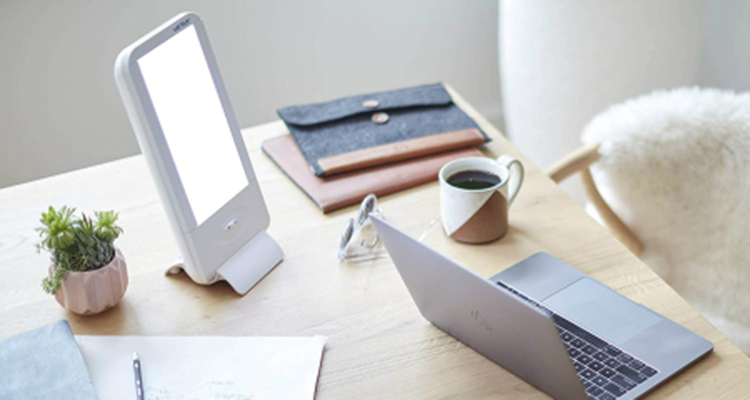
In most cases, light therapy is very effective for insomnia.
In fact, when used correctly and consistently, this light can help recalibrate your circadian rhythm (internal time clock). As a result, some insomniacs are able to fall and stay asleep all night long!
How Long is a Typically Light Therapy Session for Insomnia?
Most 10,000 lux light therapy sessions last 20-40 minutes. However, many light therapy recipients report that the 40-minute sessions are the most beneficial for insomnia. At lower light intensity levels (i.e., 2,500 lux), sessions can last up to 2 hours.
How Long Will It Take for Light Therapy to Help My Insomnia?
It is possible to experience mild-to-modest improvement in sleep quality within 3-4 days, however, in some cases; it can take up to a month to start seeing noticeable results.
What are Some Ways You Can Strengthen Light Therapy for Insomnia?
Listed below are ways you can enhance the effects of light therapy for insomnia:
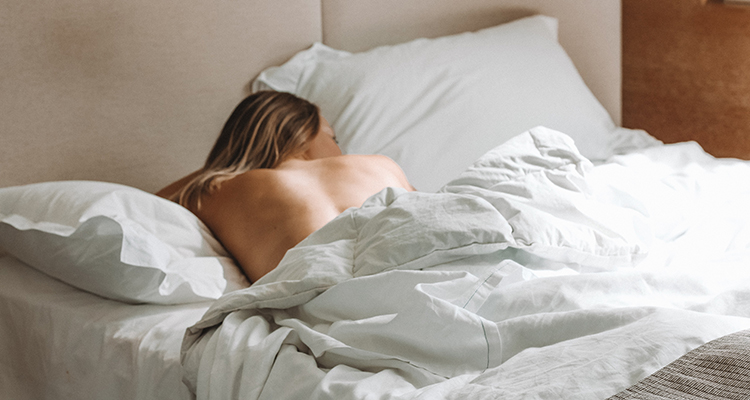
- Avoid turning on bright lights
If you awaken during the night, your first instinct may be to turn on a light or two. If you so, try to stick with a dim light or rely on a night light or the light from your smartphone to pave your way to the bathroom, kitchen, etc.
- Establish a sleep schedule
One key component of peaceful sleep is the establishment of a realistic sleep schedule. If you’d like to awaken earlier each morning, you may want to consider purchasing a light therapy alarm clock – this clock helps realign your circadian rhythm (internal time clock) by emitting a brighter and brighter light as it nears your “official” pre-determined wake-up time. The goal of this clock is to mimic a morning sunrise.
- Don’t make your room too dark
Light can be stimulating which is why many people opt for pure darkness (no lights) when retiring for bed. However, too much darkness can actually keep you awake. More specifically, if a room is too dark and you can’t see anything, it can cause your mind to roam, sparking fears of the invisible. Fear can trigger insomnia.
A too dark room can also be a safety hazard. If you awaken during the night and get up to go to the bathroom or get something to drink, you could trip on something on the floor – something you can’t see with the naked eye because it’s too dark in your room. Still, for the most part, the darkness of your room is a preference. Some people swear by pure darkness for sleep, while others can’t sleep unless there is some kind of light in the room.
- Turn-off the lights
On the flip side, if you have a hard time sleeping with any type of light on, you may want to turn them off. Keep in mind that light can encompass more than just the lights in your home. Lights may refer to street lamps, neon signs, traffic lights, store lights, vehicle lights, and even billboards. So, if the lights outside of your home are keeping you or waking you up at night, you may want to invest in blackout curtains or heavy shades or drapes to block-out most of the light. These window treatments are also beneficial for people, who work the nightshift and need to block-out sunlight the next day.
- Consider “bright light therapy”
If your circadian rhythm has been “thrown-off” by working the night shift, jet lag, a fluctuating work schedule, etc., you may want to consider “bright light therapy.” “Bright light therapy” relies on high-intensity lamps that resemble natural sunlight. A flat screen is used to evenly distribute the lamp’s light as it sits on a desk or table.
Although you are required to sit near the lamp, you can do other things during the sessions. Researchers suggest that “bright light therapy” is both effective and beneficial for people, suffering from a wide-range of ailments and health concerns, such as insomnia.
Summary

This may sound odd, but light may be the key to getting a good night’s sleep. How can that be? Well, for sleep disorders, especially for insomnia and circadian rhythm sleep disorder, light can help readjust your body’s internal time clock so it knows when to “wind-down” (evenings and nights) and when to start ramp-up (mornings).
Your body follows the sun’s rotation, so it makes sense that light therapy could help adjust your circadian rhythm, so it also follows this pattern. The good news is that light therapy may be the key to finally getting the sound sleep you’ve been “dreamt” for a long time. And, guess what? You can do it from the comfort of your home and add it to your existing sleep program. It’s a win-win for those, who haven’t had a good night’s sleep in a really long time!
References
- Reeves, G. M., Nijjar, G. V., Langenberg, P., Johnson, M. A., Khabazghazvini, B., Sleemi, A., Vaswani, D., Lapidus, M., Manalai, P., Tariq, M., Acharya, M., Cabassa, J., Snitker, S., & Postolache, T. T. (2012). Improvement in depression scores after 1 hour of light therapy treatment in patients with seasonal affective disorder. J Nerv Ment Dis, 200(1), 51-5. Retrieved from https://pubmed.ncbi.nlm.nih.gov/22210362/
- Rosenthal, N. E., Sack, D. A., Gillin, J. C., Lewy, A. J., Goodwin, F. K., Davenport, Y., Mueller, P. S., Newsome, D. A., & Wehr, T. A. (1984). Seasonal affective disorder. A description of the syndrome and preliminary findings with light therapy. Arch Gen Psychiatry, 41(1), 72-80 Retrieved from https://pubmed.ncbi.nlm.nih.gov/6581756/
- Melrose, S. (2015). Seasonal-affective disorder: An overview of assessment and treatment approaches. Depression Res Treatment. Retrieved from https://pubmed.ncbi.nlm.nih.gov/26688752/
- van Maanen, A., Meijer, A. M., van der Heijden, K. B., & Oort, F. J. (2016). The effects of light therapy on sleep problems: A systematic review and meta-analysis. Sleep Med Review, 29, 52-62. Retrieved from https://pubmed.ncbi.nlm.nih.gov/26606319/
- Pail, G., Huf, W., Pjrek, E., Winkler, D., Willeit, M., Praschak-Rieder, N., & Kasper, S. (2011). Bright-light therapy in the treatment of mood disorders. Neuropsychobiology, 64(3), 152-62. Retrieved from https://pubmed.ncbi.nlm.nih.gov/21811085/
- Golden, R. N., Gaynes, B. N., Ekstrom, R. D., Hamer, R. M., Jacobsen, F. M., Suppes, T., Wisner, K. L., & Nemeroff, C. B. (2005). The efficacy of light therapy in the treatment of mood disorders: a review and meta-analysis of the evidence. Am J Psychiatry, 162(4), 656-62. Retrieved from https://pubmed.ncbi.nlm.nih.gov/15800134/
- Dodson, E. R. & Zee, P. C. (2010). Therapeutics for circadian rhythm sleep disorders. Sleep Med Clinical, 5(4), 701-715. Retrieved from https://pubmed.ncbi.nlm.nih.gov/21243069/
- Lewy, A. J., Lefler, B. J., Emens, J. S., & Bauer, V. K. (2006). The circadian basis of winter depression. Proceedings of the National Academy of Sciences, 103(19), 7414-7419. Retrieved from https://www.pnas.org/content/103/19/7414
- Virk, G., Reeves, G., Rosenthal, N. E., Sher, L., & Postolache, T. T. (2009). Short exposure to light treatment improves depression scores in patients with seasonal affective disorder: A brief report. Int J Disabil Hum Dev, 8(3), 283-286. Retrieved from https://pubmed.ncbi.nlm.nih.gov/20686638/
- Levitan, R. D. (2005). What is the optimal implementation of bright light therapy for seasonal affective disorder (SAD)? J Psychiatry Neuroscience, 30(1), 72. Retrieved from https://pubmed.ncbi.nlm.nih.gov/15645001/
- Nussbaumer-Streit, B., Forneris, C. A., Morgan, L. C., Van Noord, M. G., Gaynes, B. N., Greenblatt, A., & Wipplinger, J., Lux, L. J., Winkler, D., & Gartlehner, G. (2019). Light therapy for preventing seasonal affective disorder. Cochrane Database Syst Review, 3(3), CD011269. Retrieved from https://pubmed.ncbi.nlm.nih.gov/30883670/
- Lester, T. (2020). This is why melatonin doesn’t help everyone sleep. Parsley Health. Retrieved from https://www.parsleyhealth.com/blog/melatonin-doesnt-help-everyone-sleep/#:~:text=Taking%20too%20much%20melatonin%20can%20actually%20cause%20rebound,bed%20can%20boost%20your%20melatonin%20by%2020%20times
- Flynn-Evans, E. E., Shekleton, J. A., Miller, B., et al. (2017). Circadian phase and phase angle disorders in primary insomnia. Sleep, 40(12). Retrieved from https://doi.org/10.1093/sleep/zsx163
- Reeves, G. M., Nijjar, G. V., Langenberg, P., Johnson, M. A., Khabazghazvini, B., Sleemi, A., Vaswani, D., Lapidus, M., Manalai, P., Tariq, M., Acharya, M., Cabassa, J., Snitker, S., & Postolache, T. T. (2012). Improvement in depression scores after 1 hour of light therapy treatment in patients with seasonal affective disorder. J Nerv Ment Dis, 200(1), 51-5. Retrieved from https://pubmed.ncbi.nlm.nih.gov/22210362/

